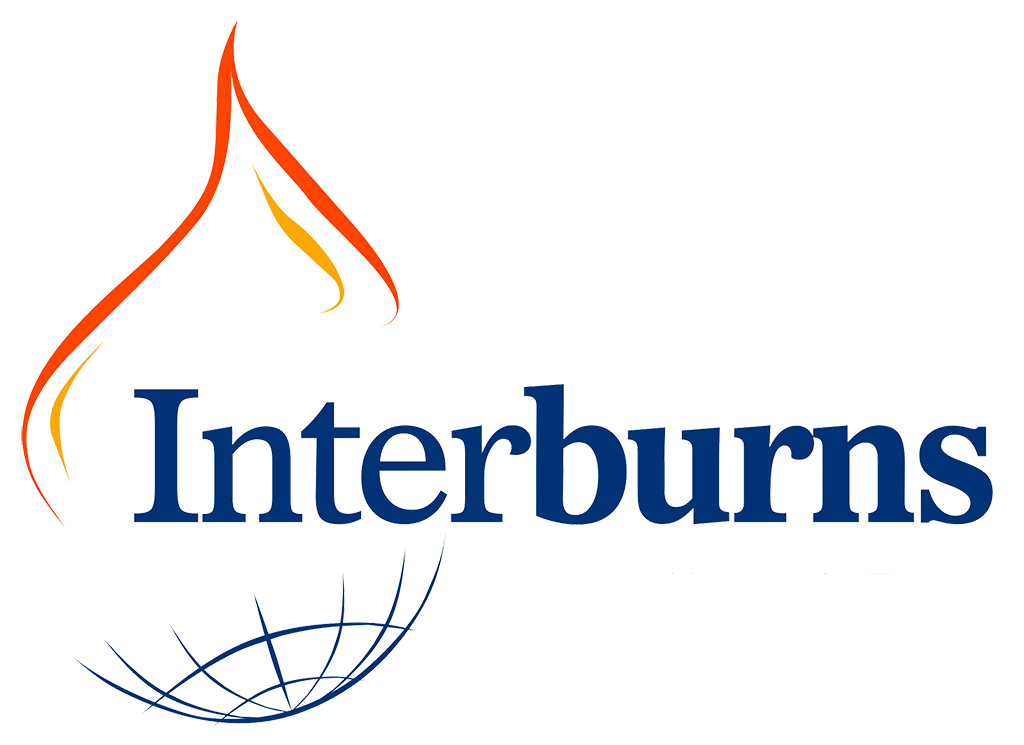Improving the quality of burn care in Ethiopia.
Delivering a quality burn service involves many different aspects including well-trained staff, access to beds or dressings, early surgery where necessary, and relevant guidelines to name a few. While burn units in low resource settings strive to deliver the best service they can within their context, they often face similar issues, for instance burn patients arrive late with complications, surgical excision is delayed, or contractures have developed due to lack of timely rehabilitation.
This situation can go on for many years without improvement, which accounts for the huge (and avoidable) number of deaths and disabilities from burns that occur globally each year. Since 2006, Interburns has worked with partners in Asia, Africa and the Middle East to change this.
The Operational Standards for Burn Care in Low Resource Settings define the realistic levels of human and physical resources that burn services at Basic, Intermediate and Advanced level should aim for in order to provide good quality care to burn patients.
The Delivery Assessment Tool (DAT) helps burn units reach these Standards through guided focus group discussion that highlights strengths and exposes gaps in 10 key services. Targeted initiatives can then be implemented as part of an ongoing quality improvement process.
4 hospitals in Ethiopia have recently carried out their second DAT self-assessment process, funded by UKAID’s Small Charities Challenge Fund (SCCF). Staff at participating hospitals were able to meet and discuss their burn service and see clearly the areas in which progress has been made since the first DAT in 2019.
Many thanks to our partners at AMREF Health Africa, especially to Abeba Mekonnen who facilitated each DAT session, as well as the participating hospitals: Yekatit 12, AABET, Jimma and Hawassa University Hospitals. We continue to be grateful to the FMoH for their strong support.
We are also delighted that we are in the process of developing a digital DAT Toolkit, with support from Interplast Australia and New Zealand. We hope that this practical quality improvement process will be used more widely to support change in future.
